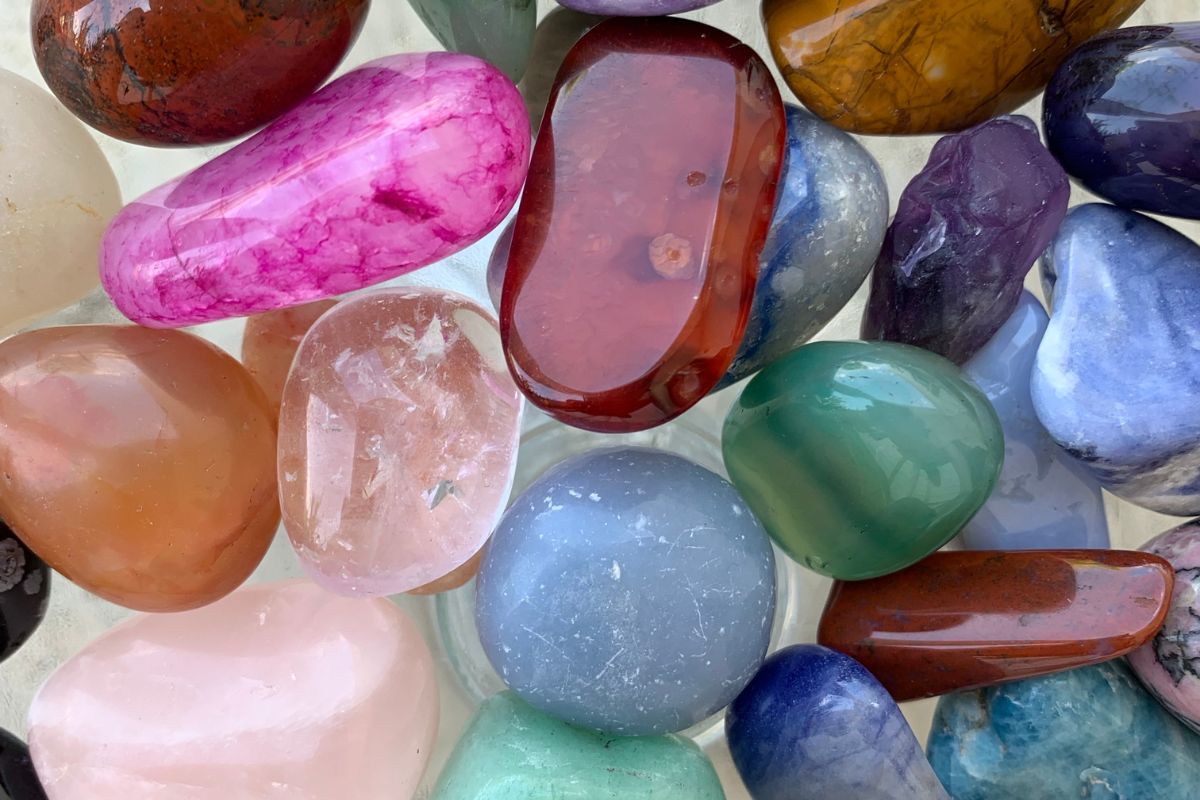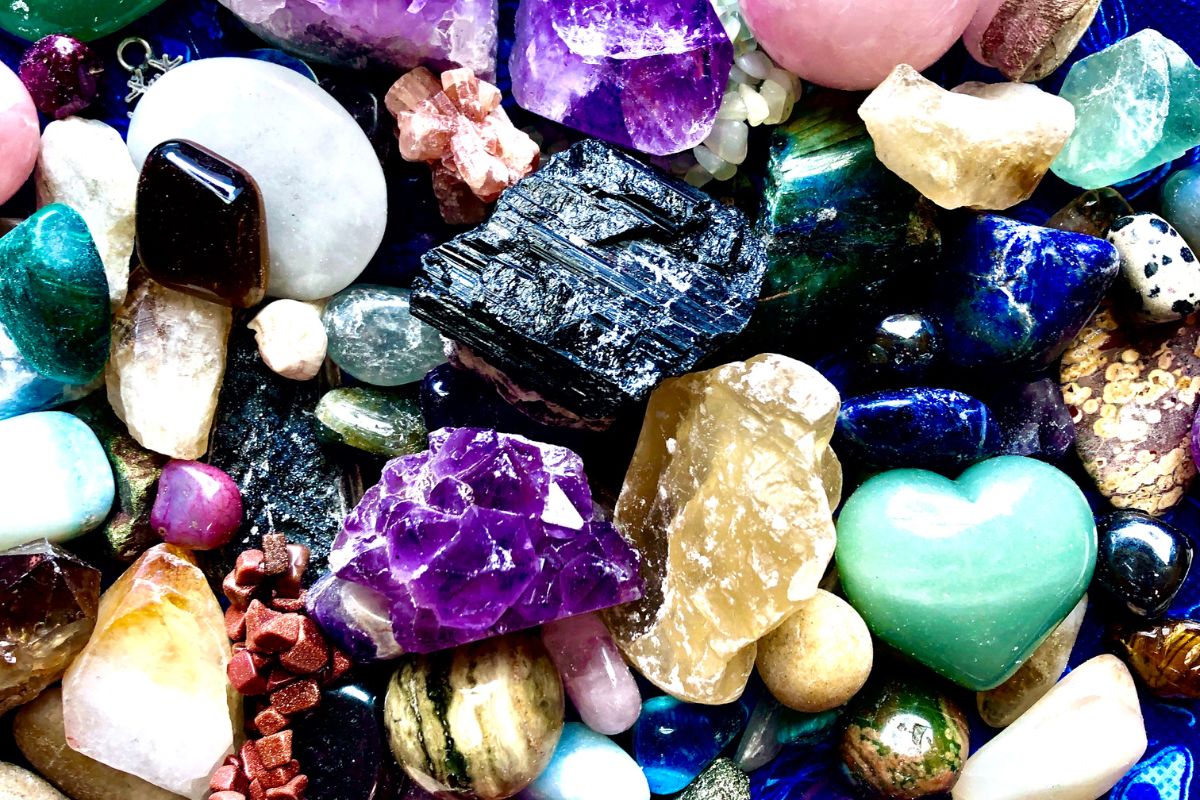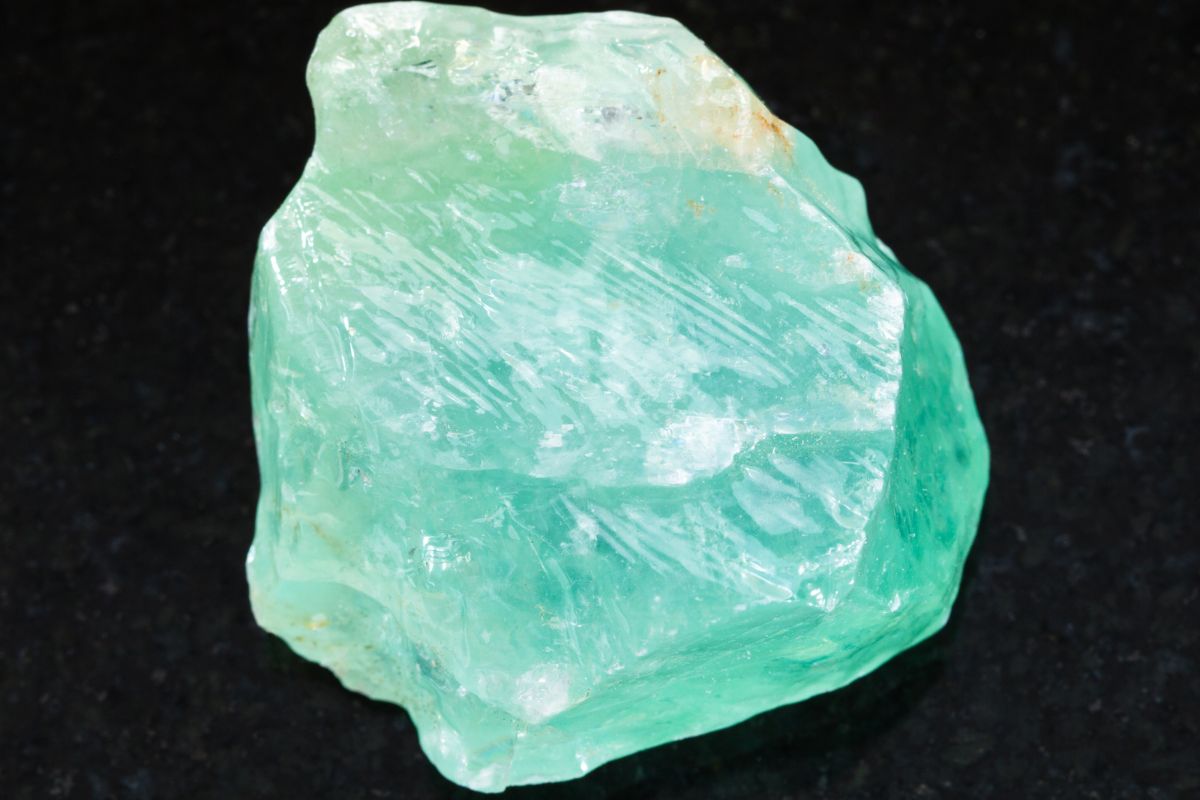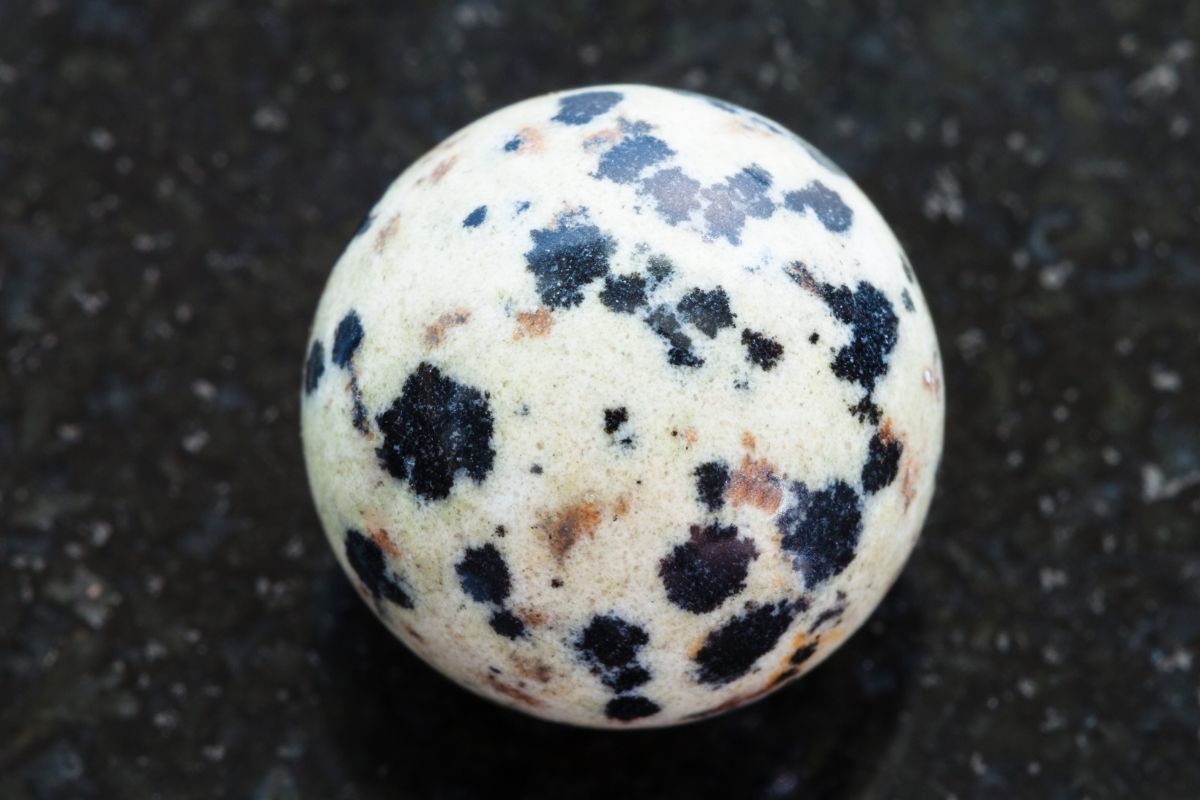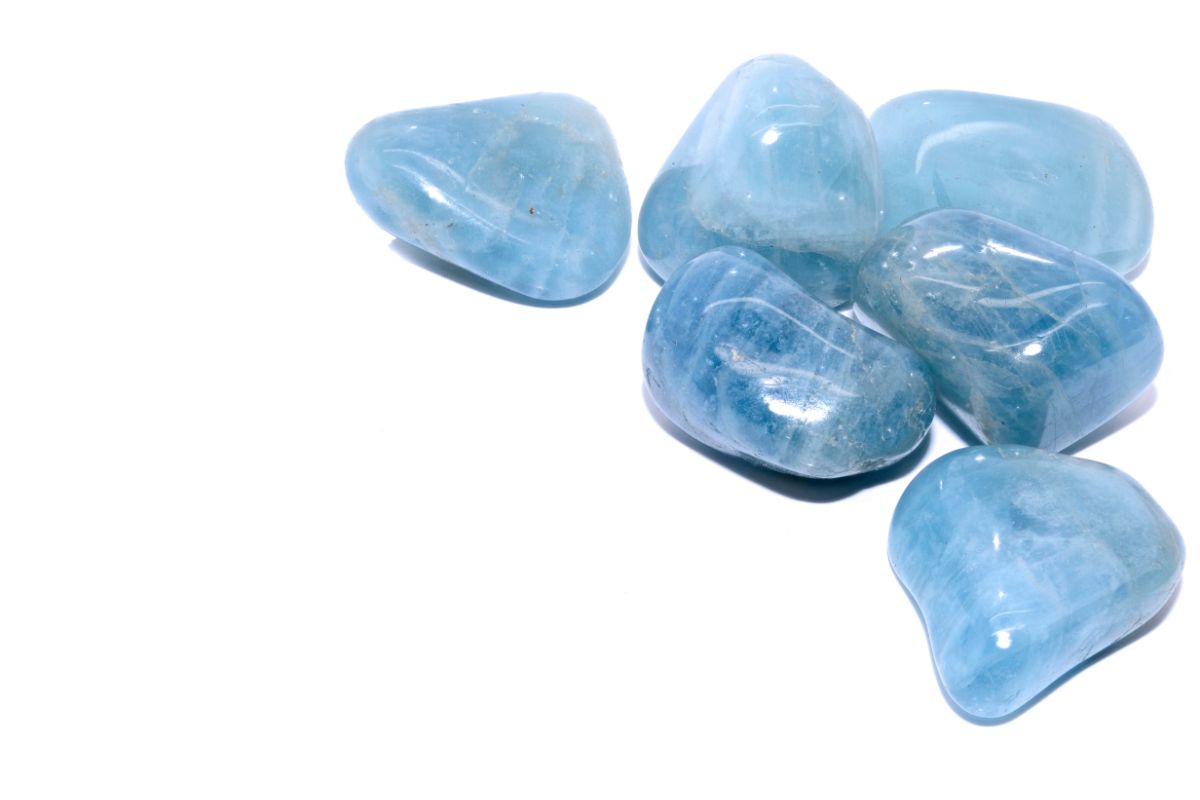Both Lapis Lazuli and Afghanite contain the mineral Lazurite; Lazurite is what gives these two crystals their unique blue colors.
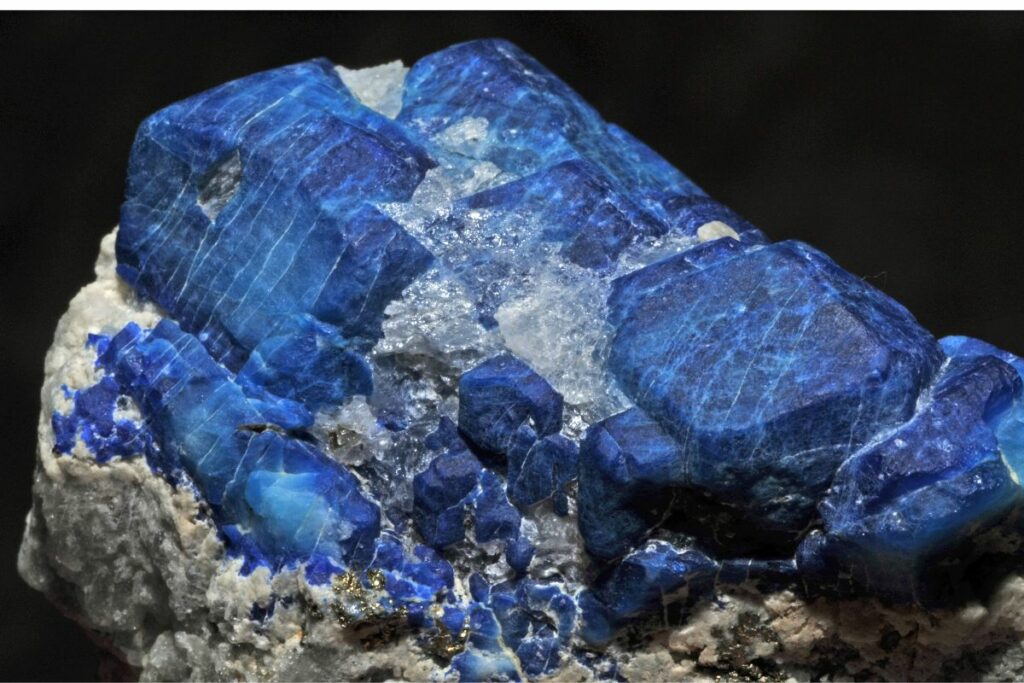
As a result they can often be mistaken for each other and for those who aren’t super savvy with crystals they may wonder what the main differences between these two stones are.
In this article we are going to compare the two blue crystals Lapis Lazuli and Afghanite to understand their differences as well as what each stone can teach us, and how we can use them.
Keep reading to learn more about Lapis Lazuli and Afghanite, as well as their differences and similarities.
What Is Lapis Lazuli?
Lapis Lazuli is a type of crystal, it has a blue color in its veins as a result of Lazurite, the mineral contained in the gemstone.
This said, the gemstone does also boast other minerals like calcite, pyrite, and sodalite. It’s a historic stone that has been around for a long time and has a lot of history.
Lapis Lazuli was really popular in Mesopotmian circles, areas we now see as parts of the Middle East, Greece, Egypt, and other European Countries, but can be found in other similar biomes across the globe.
As we will find out, Afghanistan is an area that is rich in the mineral Lazurite, so it’s an area we source lots of our Lapis Lazuli from.
In ancient terms it was actually called Sapphirus which is an older term for Sapphire, as Sapphires weren’t discovered until later Roman times.
Lapis Lazuli is one of the older gemstones or crystals we have, insofar that it was one of the first we discovered, with others like Sapphire coming a little later with more mining techniques.
Lapis Lazuli is easier to find in normal caves, rather than the depths of a mine, so was one of the earlier stones to be found and harvested properly.
Lapis Lazuli artifacts have been found at Bhirrana, the oldest site of the Indus Valley Civilization, as far back as 7570 BC.
Cleopatra would use Lapis Lazuli in her personal eyeshadow palettes, while Tutenkhamun displays Lapis Lazuli on his death mask and sarcophagus too.
It was even used in some of Leonardo Davinici’s paintings and many believe it was used by Michaelangelo on the ceiling of the Sistine chapel.
What Uses Does Lapis Lazuli Have?
Beyond its Lazurite being an ancient way to get blue dye or color, it has many celestial uses as a result of it being such an old and energetic rock.
Lazurite itself is considered to be a mineral with high vibrations, and this is why it was so readily available to early humans.
Lazurite in combination with the other minerals we see in the stone, listed above, also combine to make this a pretty overarching and powerful stone with many uses.
In a general way Lapis Lazuli can be ideal for connecting the body, spirit, and mind, thanks to these various minerals.
If you are trying to be more centered, understand your body more, or awaken higher understandings of your spirit, Lapis Lazuli is good for all these things.
What Is Afghanite?
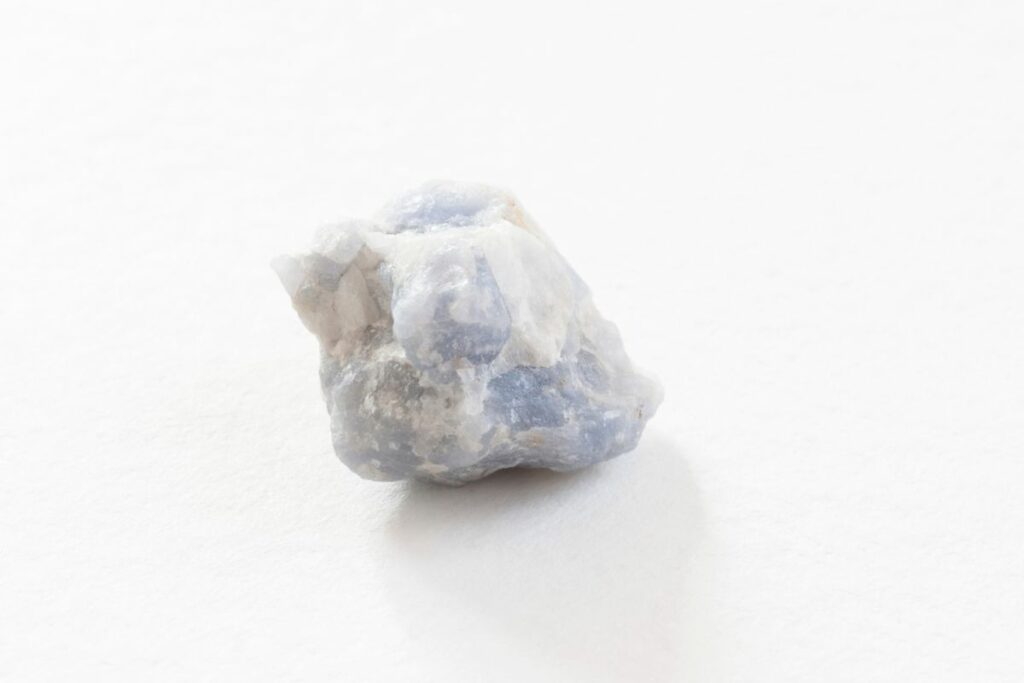
Afghanite is also a blue crystal that contains Lazurite, but it can form from blue to colorless. It’s commonly quite a large crystal that forms in a trigonal crystal system.
It occurs usually in the veinlets of lazurite crystals or in altered limestone xenoliths. It can be considered to be a fairly rare type of Lazurite crystal that has a pretty unique and complex structure, and is sought after as a result.
Interestingly, in comparison to Lapis Lazuli, Afghanite was discovered much later in 1968, which demonstrates how deep substrates of Lazurite can be, forming high up in caves or as deep as a mine.
Afghanite was actually discovered as a result of looking for Lapis Lazuli.
As you may imagine, Afghanite was found in Afghanistan, like a lot of Lazurite crystals. It was found in the Lapis Lazuli mine, Sar-e-Sang, in the Badakhshan Province of Afghanistan.
Since its discovery it has been found in many other terroirs such as Germany, Italy, Siberia, and even New York and Canada.
What Uses Does Afghanite Have?
Afghanite is similar to Lapis Lazuli in its uses, being from similar sources. That said, Afghanite can be considered the stone of the scorpio so may be good for a scorpio to get the most from it.
Afhganite is considered to have pretty high vibrations that are generally associated with the brain like Lapis Lazuli.
One common use is for Afghanite to be used as a meditation stone, those meditating feel the afghanite can bring them mental clarity to help locate the things we are looking for.
Others find that simply holding Afghanite can be more than enough to feel its vibrations, and find that afghanite is good as a worry stone or something similar due to it being quite calming and soothing.
It’s also commonly combined with other stones to provide mental clarity. You might combine Lapis Lazuli and Afghanite if you are struggling to get the focus to breakthrough on a subject, such as connecting your mind, body, and soul.
Final Thoughts
As you can see both Lapis Lazuli and Afghanite are both very similar.
In terms of their minerality, they are both comparable; they both contain Lazurite which makes them blue, but they also come from similar areas in Afghanistan, although they can be found elsewhere.
One difference is that Afghanite is a little rarer and occurs mainly in mines underground, while Lapis Lazuli is easier to find on the higher levels of caves and resulted in it being found first.
They both also have similar celestial qualities in that they care great for mental energies.
While Lapis Lazuli has a lot to gain from the presence of its unique minerals, helping connect the mind, body, and soul, Afghanite can help provide mental clarity.
As a result they are often combined, and in combination they can really help you with more tricky problems.
- 15 Crystals That Cannot Be Exposed To The Sun - January 7, 2024
- Malachite Vs Fuchsite – Benefits And Uses - January 7, 2024
- Malachite Vs. Green Jasper: Benefits And Uses - January 7, 2024



